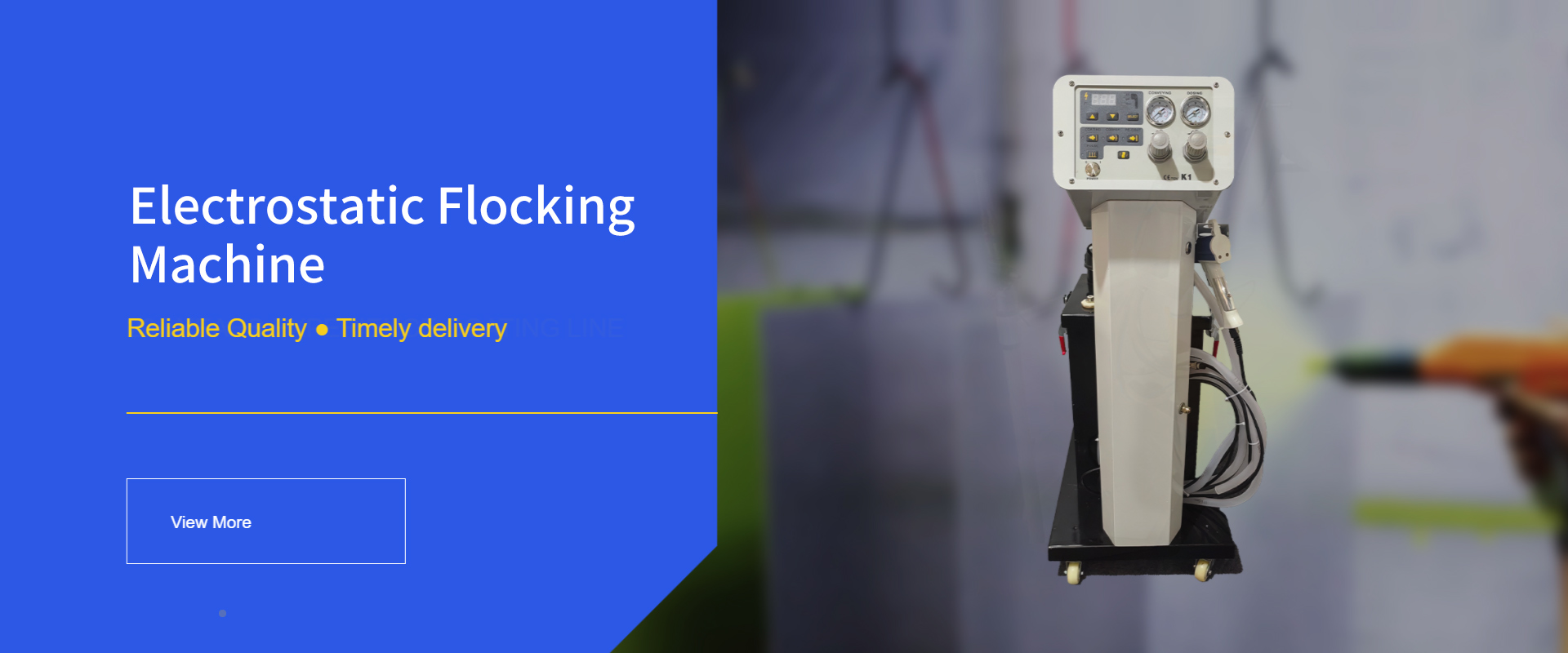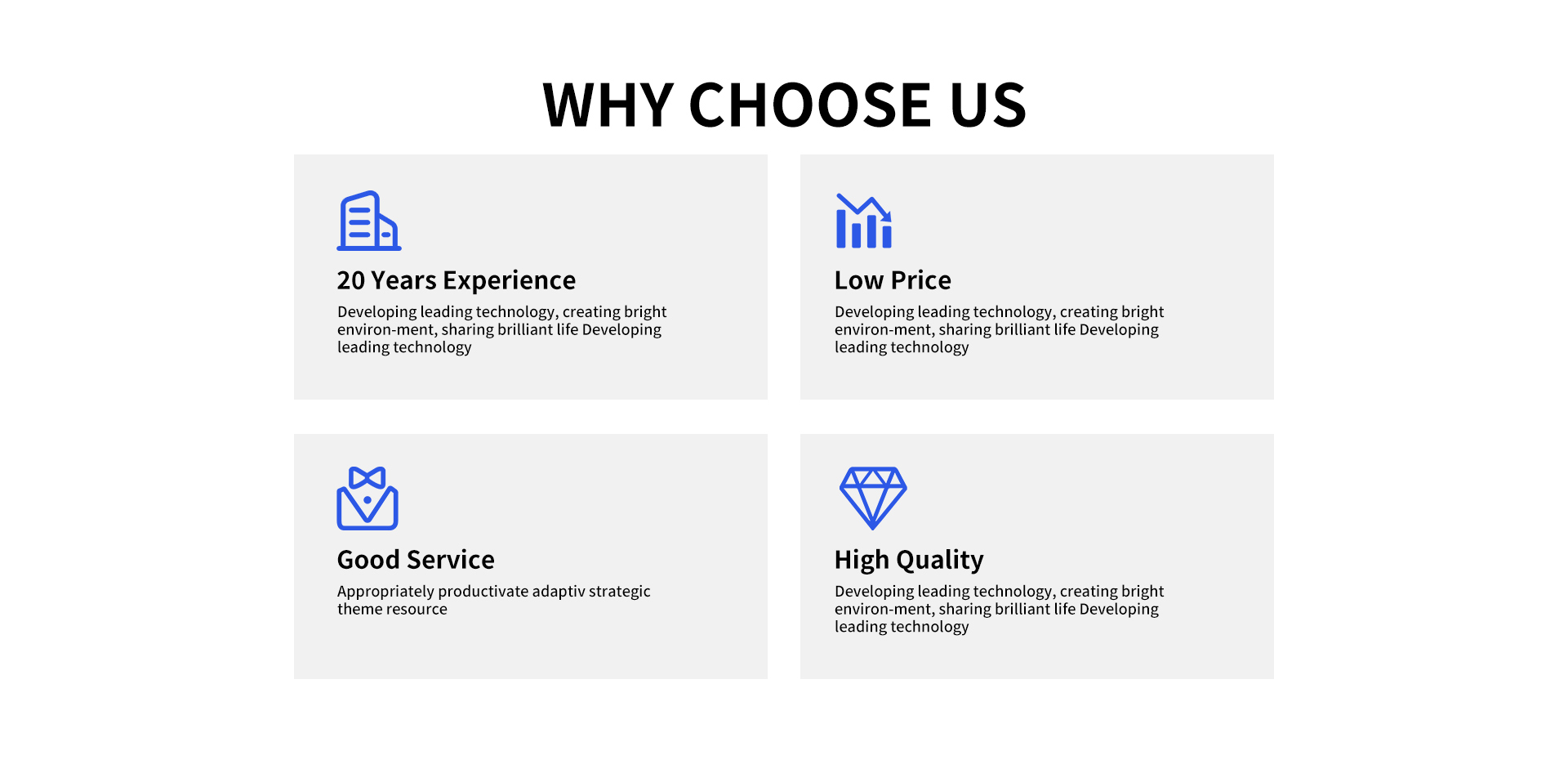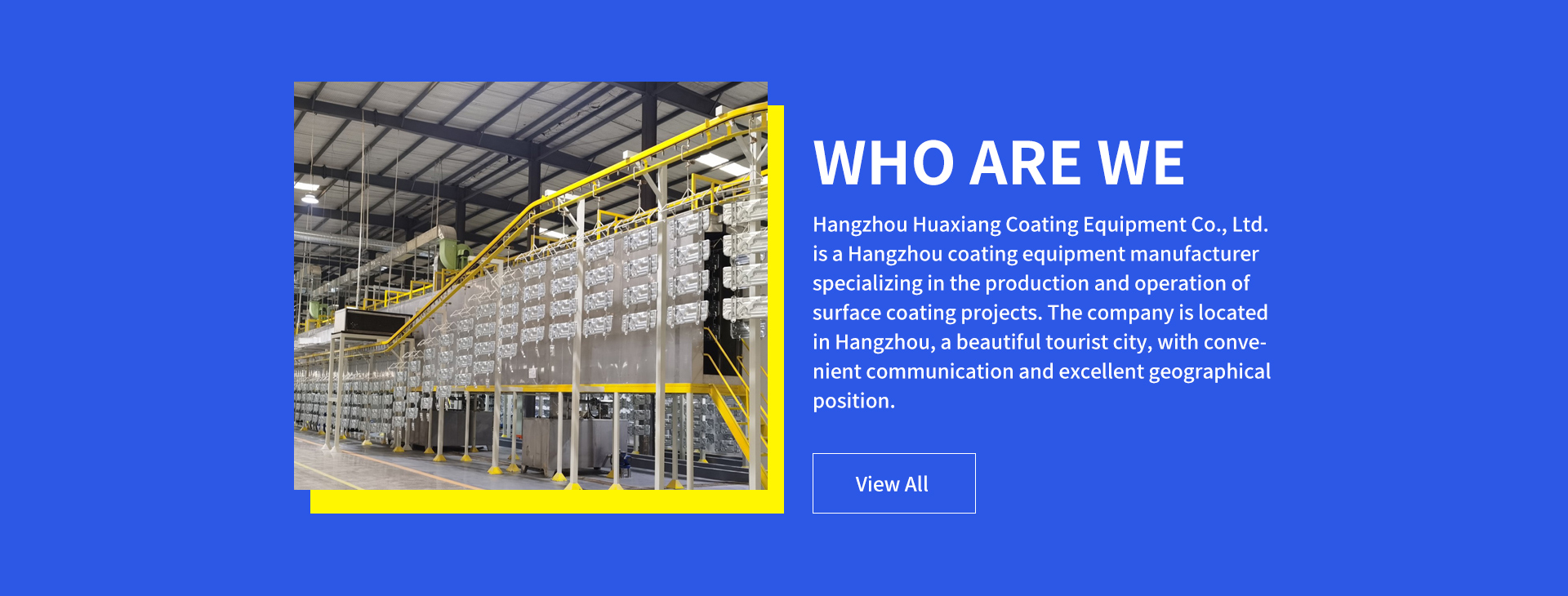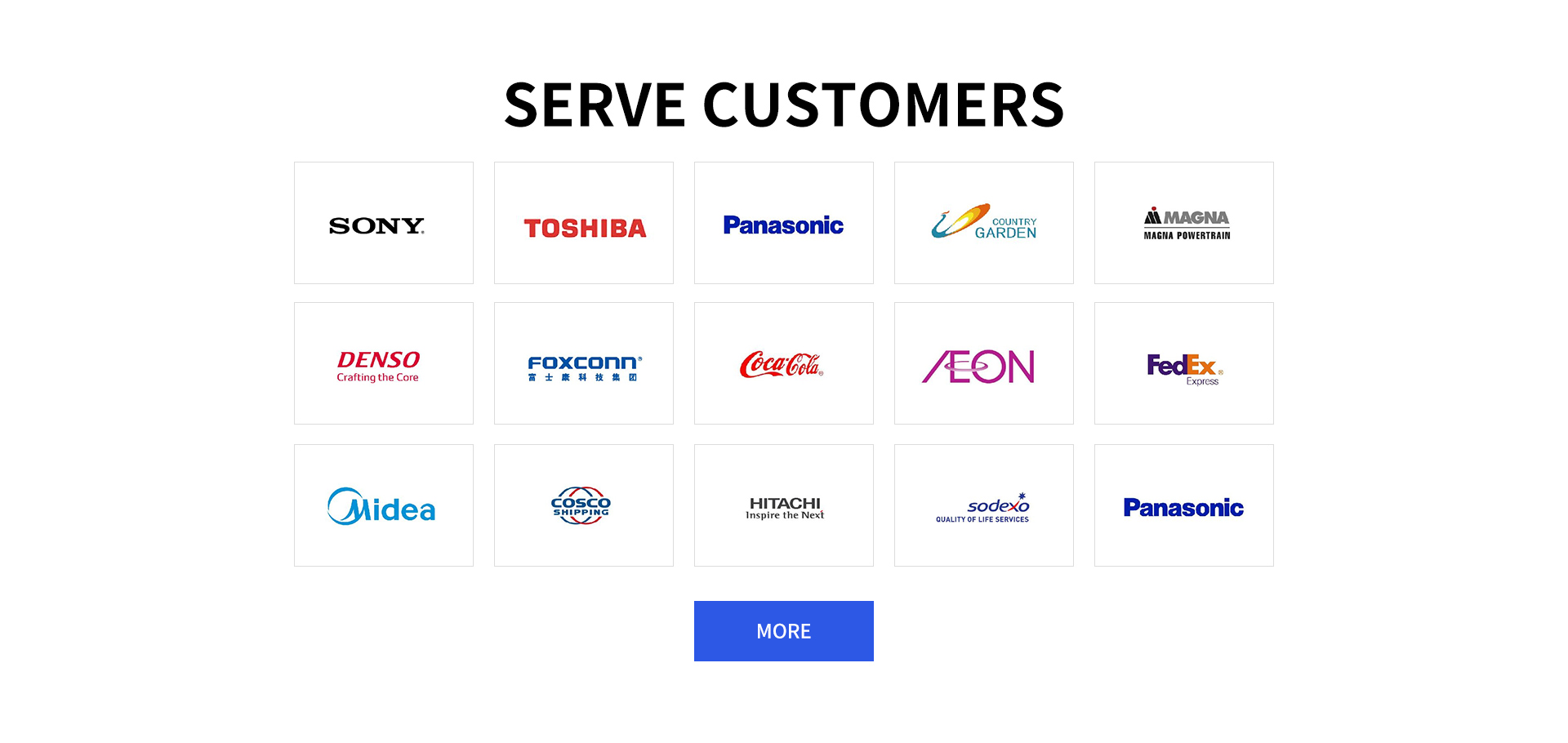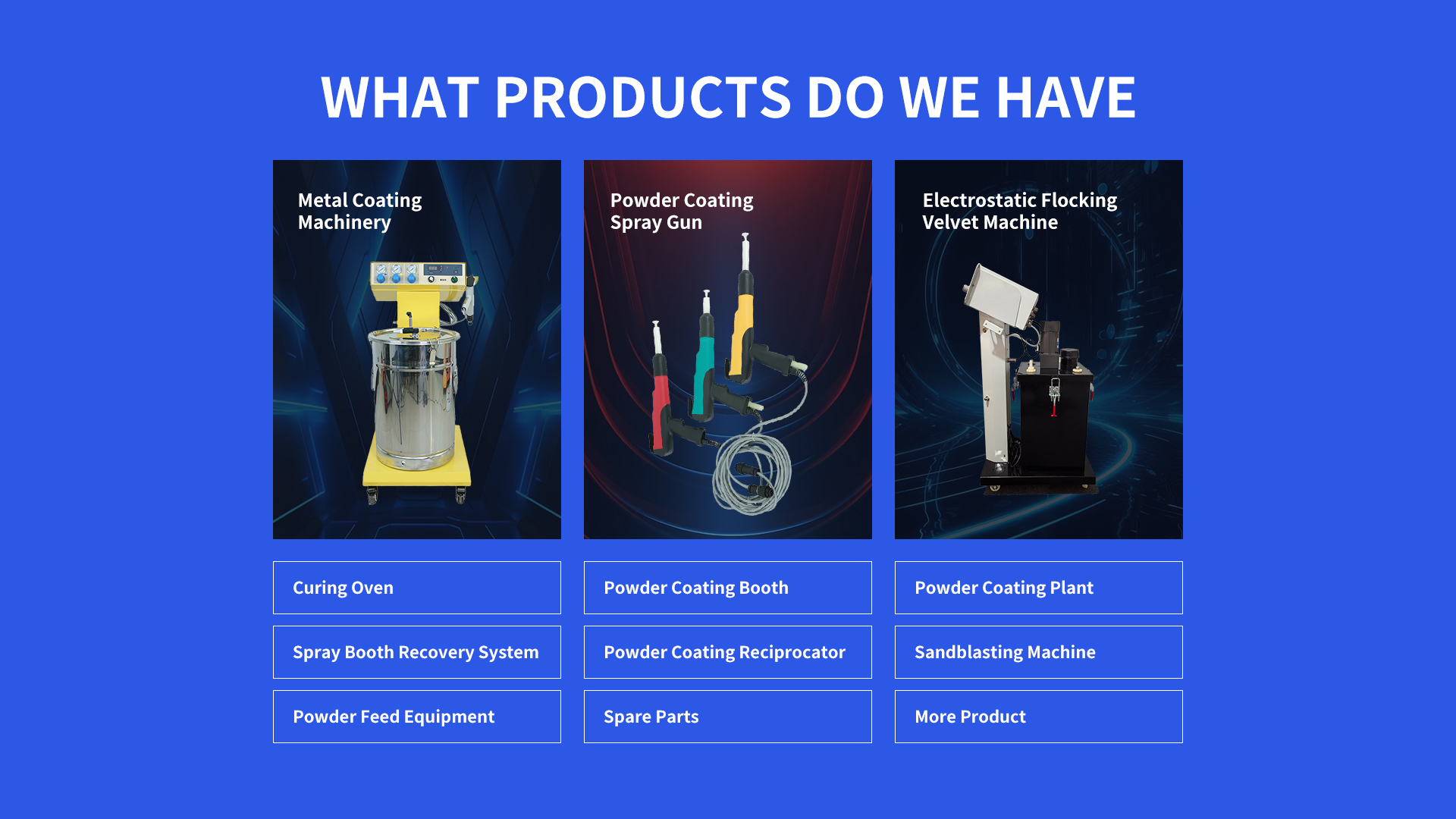Automated Powder Coating Equipment has seen surging demand in markets prioritizing efficiency and coating consistency, from automotive component manufacturers to metal furniture producers. This equipment streamlines coating processes, reducing labor costs and enhancing finish quality. Prices for Automated Powder Coating Equipment range widely: compact semi-automated systems start at $8,000, mid-sized industrial setups cost $30,000–$100,000, and fully automated robotic lines exceed $200,000, depending on features like powder recycling efficiency and curing oven capacity.
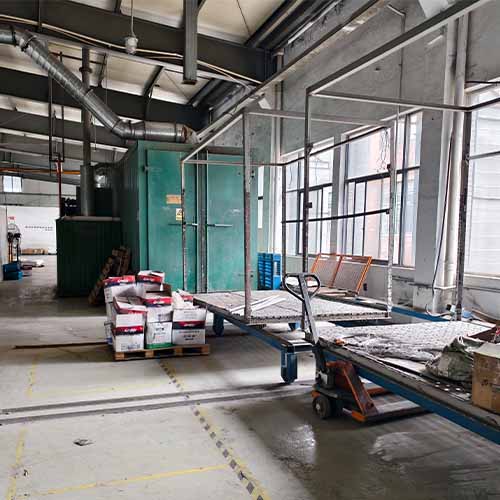
Automated Powder Coating Equipment powers diverse coating projects, adapting to scale and industry needs. In automotive manufacturing, it coats chassis components with corrosion-resistant powders, ensuring durability in harsh conditions. For electronics, the equipment applies thin, static-dissipative coatings to metal casings, requiring precision application—
Automated Powder Coating Equipment with robotic arms excels here, achieving uniform coverage on complex geometries. Smaller projects, such as coating bicycle frames, use conveyor-based Automated Powder Coating Equipment with manual touch-up stations, while large-scale projects (e.g., steel bridge components) rely on fully automated lines with integrated pre-treatment systems to handle high-volume throughput.
Automated Powder Coating Equipment incorporates advanced surface treatment technologies to ensure optimal powder adhesion. Pre-treatment begins with automated degreasing: workpieces pass through spray tunnels in Automated Powder Coating Equipment, where alkaline solutions remove oils and contaminants. Next, a conversion coating (e.g., chrome-free zirconium) is applied via dip tanks or spray bars within the equipment, creating a micro-rough surface for improved bonding. Automated drying systems in the equipment use infrared heaters to eliminate moisture before powder application, preventing coating defects. High-end Automated Powder Coating Equipment may include plasma treatment modules to enhance surface energy, ideal for challenging substrates like aluminum or plastics.
Automated Powder Coating Equipment is a mechanized system designed to automate the entire powder coating process, from powder application to curing. Unlike manual setups, it uses programmable controls to regulate spray parameters (voltage, powder flow, gun movement) and conveyor speeds, ensuring repeatable results. The equipment relies on electrostatic principles: powder particles are charged as they exit the spray guns, adhering to grounded workpieces. Automated Powder Coating Equipment can be configured as standalone units or integrated into production lines, with options for robotic gun manipulation, automatic powder color changeovers, and real-time quality monitoring, making it suitable for both batch and continuous manufacturing.
Automated Powder Coating Equipment comprises three key components, each vital to its operation:
Electrostatic Spray System: This includes automated spray guns (mounted on rails or robotic arms), a powder hopper with level sensors, and a control panel. The guns in Automated Powder Coating Equipment adjust spray patterns dynamically, while the hopper ensures consistent powder supply. High-performance models use tribostatic charging for improved wrap-around on complex parts.
Powder Recovery Unit: Integrated into the spray booth, this component captures oversprayed powder using cyclone separators or cartridge filters. Automated Powder Coating Equipment with advanced recovery systems can reclaim 95%+ of unused powder, reducing material waste and operational costs. Some systems feature automatic filter cleaning to maintain airflow efficiency.
Curing Oven with Conveyor: The oven heats coated workpieces to melt and cure the powder, forming a durable finish. Automated Powder Coating Equipment ovens use gas, electric, or infrared heating, with temperature profiles programmable for different powder types. The conveyor system ensures precise dwell time, with speed controls matched to coating thickness and oven length.
Automated Powder Coating Equipment offers significant benefits for coating operations. It boosts productivity by processing up to 3 times more parts per hour than manual systems, with minimal operator intervention. Coating quality is superior: the equipment’s consistent spray parameters eliminate human error, resulting in uniform film thickness and fewer reworks. Environmentally, Automated Powder Coating Equipment reduces VOC emissions (as powder coatings are solvent-free) and minimizes waste through efficient powder recovery. Long-term, it lowers costs via reduced labor needs, material savings, and energy-efficient curing ovens, making it a sound investment for high-volume production.
Choosing
Automated Powder Coating Equipment for high-volume production requires evaluating throughput needs and workflow integration. First, assess workpiece dimensions: systems with wide conveyor belts (≥48 inches) and tall ovens suit large parts, while smaller units handle compact components. Look for Automated Powder Coating Equipment with multi-gun configurations (e.g., 8+ spray guns) and robotic arm setups to coat multiple sides simultaneously. Powder changeover speed is critical for high-volume lines—equipment with quick-release hoppers and automatic gun flushing reduces downtime between color batches. Energy efficiency matters too: opt for Automated Powder Coating Equipment with regenerative oven systems or LED curing technology to lower utility costs. Finally, prioritize equipment with open API controls for integration into factory automation systems, enabling real-time performance tracking and remote diagnostics.
Operating Automated Powder Coating Equipment efficiently starts with proper parameter setup. Begin by calibrating spray voltage (typically 60–90 kV) based on powder type—coarse powders need higher voltage for adequate charging. Adjust powder flow rate (15–30 g/min) to match workpiece size: larger parts require more powder, while thin profiles need lower flow to avoid build-up. Conveyor speed in Automated Powder Coating Equipment should align with oven temperature: for example, cure at 190°C for 10 minutes by setting the conveyor to move 1.5 meters per minute. Regularly monitor powder hopper levels and clean spray gun nozzles to prevent clogs. Use the equipment’s diagnostic tools to check grounding continuity and airflow pressure, as poor grounding causes uneven coating, and low airflow reduces powder recovery.
Routine maintenance ensures Automated Powder Coating Equipment operates reliably for years. Daily: clean spray gun tips and powder feed hoses to prevent residue buildup, empty and wipe the hopper to avoid powder caking. Weekly: inspect cartridge filters in the recovery system, tapping or vacuuming to remove trapped powder; replace filters if airflow is restricted. Monthly: lubricate robotic arm joints (if applicable) and conveyor chain with food-grade grease, check oven heating elements for burnout, and calibrate temperature sensors. Annually: hire a technician to service the control panel, test the powder recovery system’s efficiency, and replace worn seals in the spray booth. Keep a maintenance log for Automated Powder Coating Equipment to track part replacements and service intervals, reducing unexpected downtime.
When Automated Powder Coating Equipment produces defective coatings, start with systematic checks. For orange peel texture, verify oven temperature—undercuring causes incomplete flow, while overcuring burns the powder. Adjust conveyor speed or temperature accordingly. If coatings show pinholes, inspect pre-treatment: oil or water residue on workpieces creates air pockets. Refine the degreasing process in the equipment or check drying oven performance. Inconsistent color density may result from uneven powder application: clean clogged gun nozzles, ensure proper gun-to-workpiece distance (8–12 inches), and verify powder hopper agitation is active. For adhesion issues, test the conversion coating’s thickness—Automated Powder Coating Equipment with faulty pre-treatment systems may need chemical concentration adjustments. Use a cross-hatch test to quantify adhesion and adjust parameters based on results.
Safety when using Automated Powder Coating Equipment requires strict protocol adherence. Always ground the equipment’s spray booth, oven, and conveyor to prevent static discharge—use a megohmmeter to confirm resistance <1 ohm. Operators must wear anti-static clothing, N95 respirators, and insulated gloves to avoid powder inhalation and electrical shocks. Keep the work area free of flammable materials, as powder dust can be combustible—install explosion vents in large spray booths per local codes. Regularly inspect electrical wiring for fraying and ensure emergency stop buttons on Automated Powder Coating Equipment are functional. During maintenance, lock out/tag out power sources and depressurize pneumatic systems. Train staff on powder-specific hazards (e.g., certain powders may be irritants) and post safety data sheets near the equipment for quick reference.
Statement: Hangzhou Huaxiang Coating Equipment Co., Ltd Chinese Powder Coating Equipment facturers provide you with customized equipment for various types of Powder Coating Lines, Powder Coating Ovens, Powder Coating Booths,Powder Coating Guns, etc. For inquiries! Contact us at
Email: gezx@cncolourspray.com
WhatsApp: +86 13335812068

